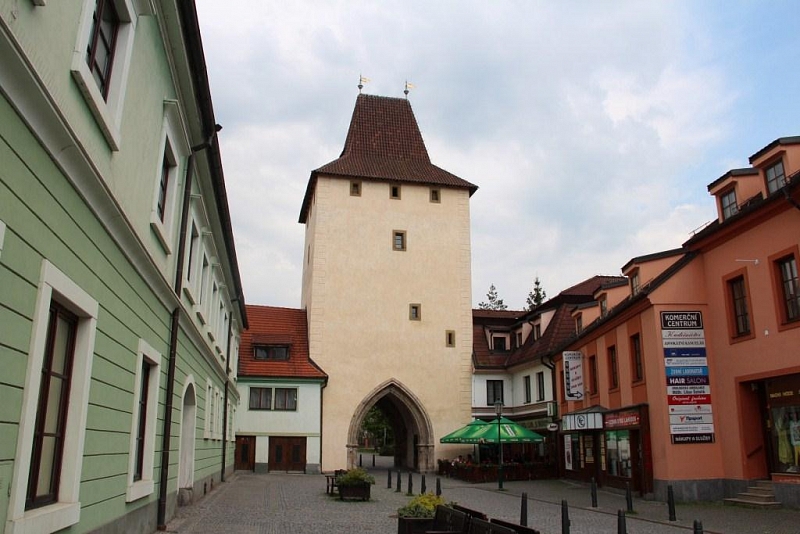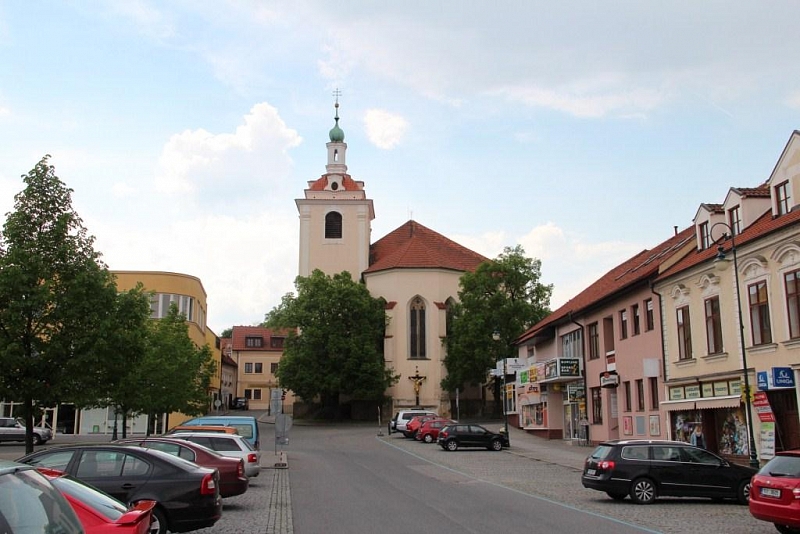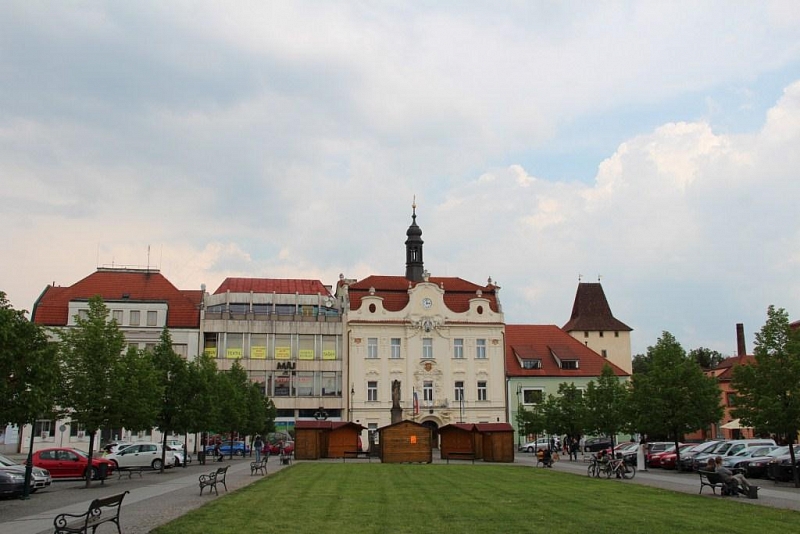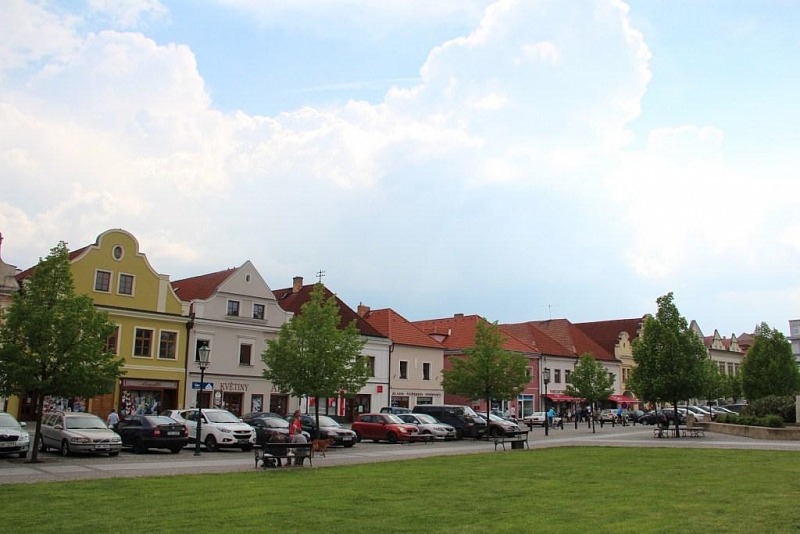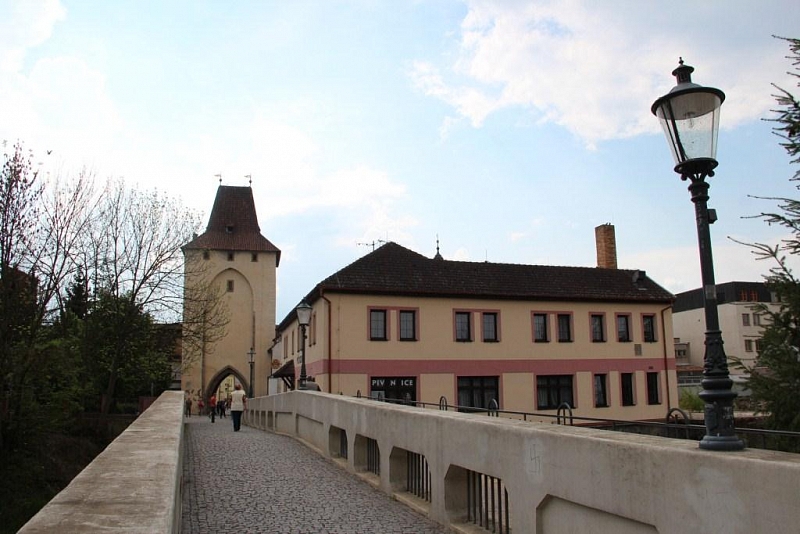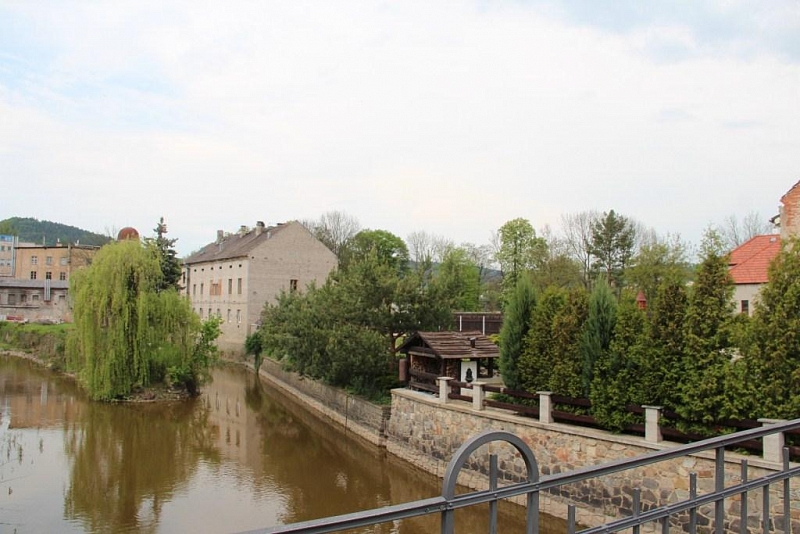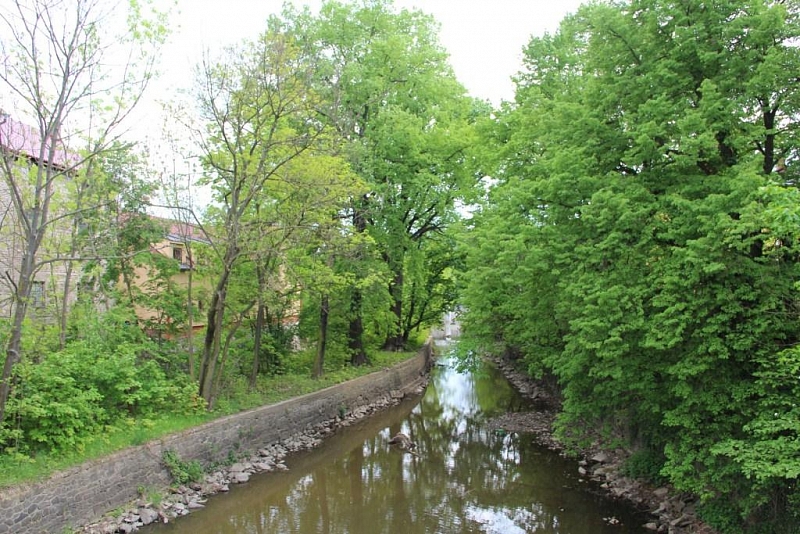Beroun - royal town
At the confluence of the Litavka and Berounka rivers, there is the royal town of Beroun, which boasts not only historical monuments, but also charming surroundings, which is the gateway to the Bohemian Karst and Křivoklát region, in both cases protected landscape areas. The local area was inhabited in prehistoric times and during the 13th century a settlement was established here, which was led by a very important trade route, leading from Prague to Pilsen and from there to Bavaria.
Information for visitors
Interesting facts Beroun - royal town
Historical sources mention Beroun for the first time in connection with the year 1265. In a document of Přemysl Otakar II. is to state the Latin name Verona (in German Bern and in Czech then Beron, Berún or Beroun). Later, however, the city was deserted and rebuilt only during the reign of Wenceslas II. New walls and a Dominican monastery were built. In 1303, Beroun gained majesty, on the basis of which it was allowed to be administered by the law of the Old Town of Prague.
What can you see in Beroun?
The main landmark of Hus Square in Beroun is the pseudo-baroque town hall with a two-storey facade and three gables, two male figures supporting a balcony and rich sculptural decoration. At the lower end of the square, a small rychta stood at the very beginning of the 14th century. Hus Square is the natural center of the whole of Beroun, it probably acquired its form as early as 1295 during the reign of King Wenceslas II. In 2002, the square underwent a complete reconstruction after a devastating flood in the same year. On the south side of the square is a unique set of burgher houses with preserved Gothic vaulted cellars, Baroque gables and Renaissance elements.
The oldest and most valuable house in Beroun is the Jenštejn House, built by Jindřich Čížek of Jenštejn, in his time the imperial mayor and the richest man of the town.
Another important house is marked no. 89. It was built by Matouš Frišman from Ehrenkron and today it is called Frišmanský. There is a beautiful medieval vaulted cellar. House U Tří korun with no. According to legend, 90 was the place where the mint was located, in which was hidden a treasure that no one had yet found. It was exhibited by Jan Friedrich Klanner from Engelshofen. House with no. 86 is called Český dvůr and since 1720 the Beroun post office and inn have been located here.
It is definitely worth mentioning Dusl's villa, built in the pseudo-Renaissance style. Its architect is Antonín Wiehl and it was built for Martin Dusl, the then owner of a steam sawmill in Beroun. It hosted important personalities, such as Crown Prince Rudolf.
Beroun also has one of the best-preserved fortification systems in the entire Czech Republic. The Beroun city fortifications were built during the 13th and 14th centuries and at that time reached a height of 6-9 meters. Remains of the walls, the moat and the Pilsen and Prague Gates have been preserved from the entire system to this day.
Of the other historical monuments in Beroun, we must not miss the church of St. Jakub from the 13th century, the dean's office or the Plague Column in front of the church of St. Jakuba.
Apart from the monument zone of the city of Beroun, the Municipal Lookout Tower and the Děd Lookout Tower are definitely worth a visit.
Author: Andrea Štyndlová
